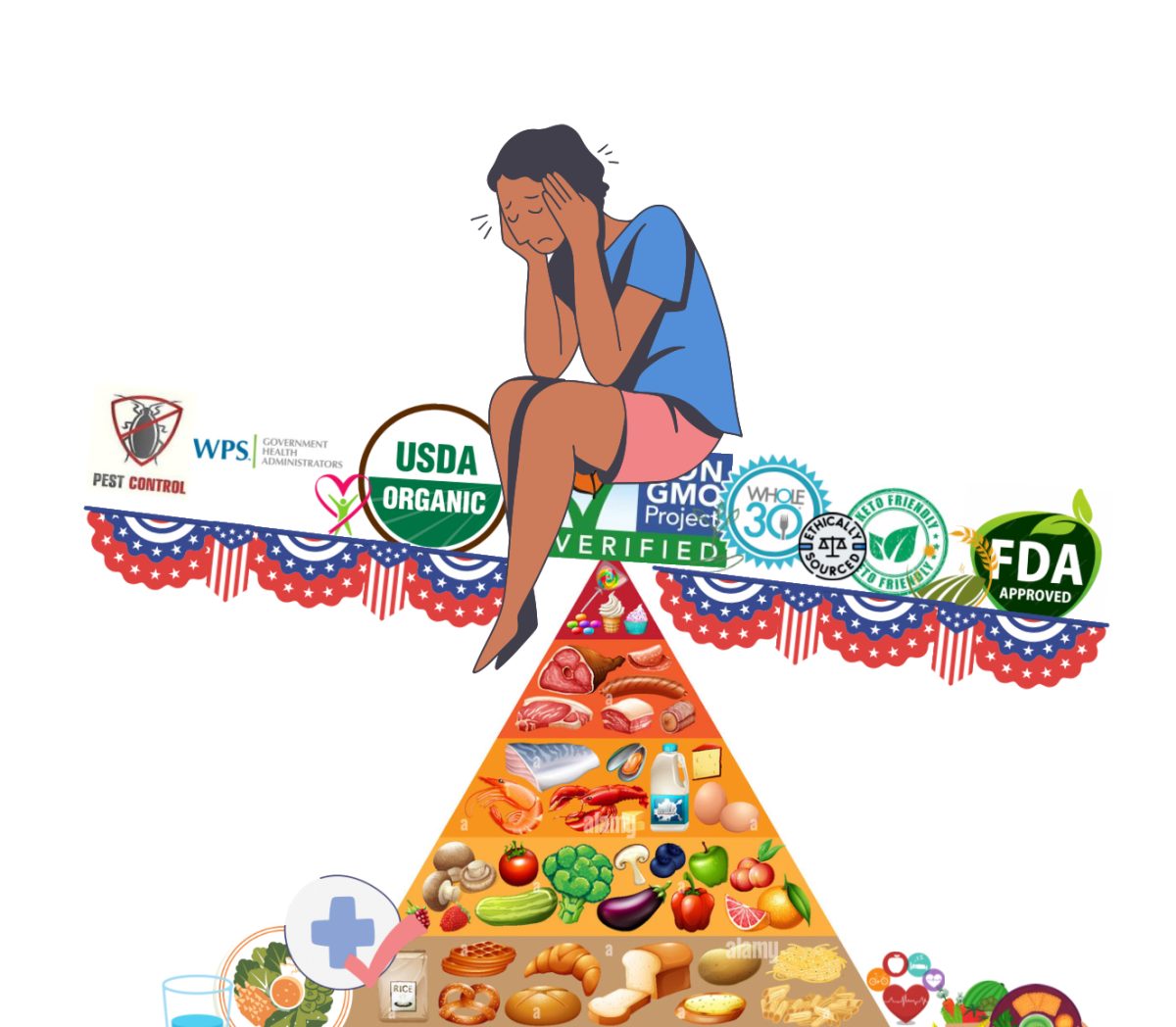Perhaps you are one of the 50% of Americans who every year resolve to eat healthier. You travel to your favorite local grocery store in search of better foods to add to your diet. You see vibrant boxes with labels such as “all natural” “heart-health” or “made with real fruit.” You smile, filling your cart with these seemingly nutritious foods. But what if you find out that it has all been a huge lie?
One of the most common misconceptions surrounds the “natural” and “all natural” labels. According to the USDA and FDA foods can be labeled as natural and all natural as long as they don’t contain artificial ingredients. They also dictate that foods should be “minimally” processed. This vagueness allows brands to place the natural label even on foods that are genetically processed or produced with pesticides. For instance, this labeling is commonly found pasted on snack items like crackers and “healthier” cookies. For the average American seeking to avoid these harsh chemicals the natural and all-natural labeling can be a deceptive hurdle in their health journey.
Another common label is “made with real fruit.” Many Americans view this label as an indication that the food is more nutritious than an artificially flavored product. However, most products that have this label contain less than 2% white grape juice concentrate while the primary flavoring is artificial. An example of this is nutri-grain bars that claim to fill their product with “real fruit” but have around 20 grams of added sugar. In other words, brands use these labels to manipulate consumers into thinking they are buying a better and more healthy product all the while selling them something loaded with sugar and artificial ingredients.
Currently, one of the leading causes of mortality in America is heart disease. Because of this, the government set out to classify food products as “heart healthy” and encourage the public to purchase them. The requirements for a food to be classified as heart healthy are that it must have less than 0.6 grams of trans fat and less than 1 gram of saturated fat. This requirement earns foods such as Cheerios their recognition as heart healthy. However, a simple look at the nutrition facts and ingredients list reveals that the second ingredient is sugar followed by Tripotassium Phosphate. How can these ingredients be present in a food that is labeled heart healthy? How can all my natural food contain pesticides? How is this made with real fruit but contains 20 grams of added sugar?
These types of questions are ones that need to be asked more often to prevent Americans from becoming misguided on their health journey. In the world of health, knowledge is power and the modern American consumer is devastatingly weak.
When attempting to eat healthy it is important to remember that the safest foods are one with one ingredient. This means that consumers should steer clear of products with complicated ingredient lists that contain additives they can’t pronounce. Instead, eating foods such as fruit, vegetables, meat, and dairy should be the primary priority. Rather than blindly placing trust in corporations or agencies with agendas, Americans should get their information from trusted dietitians and medical professionals. With this new information, hopefully the next time they go to the store, Americans will begin to fill their carts with real health foods.









